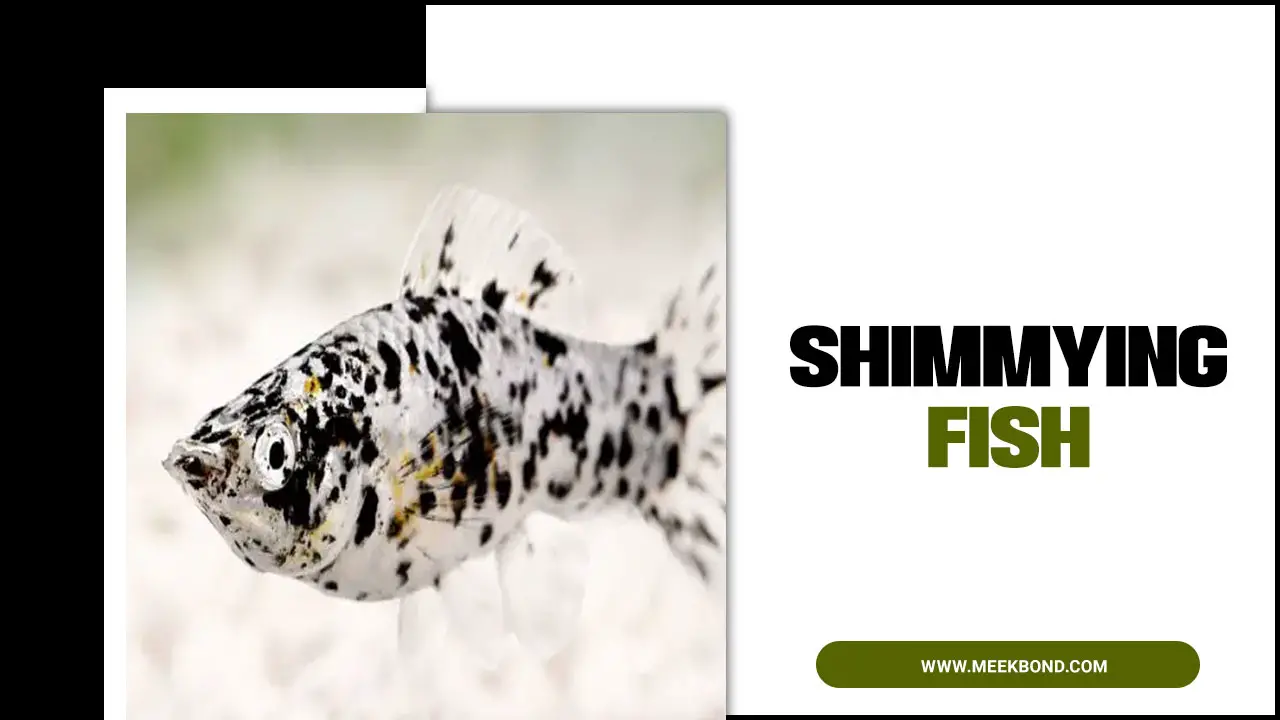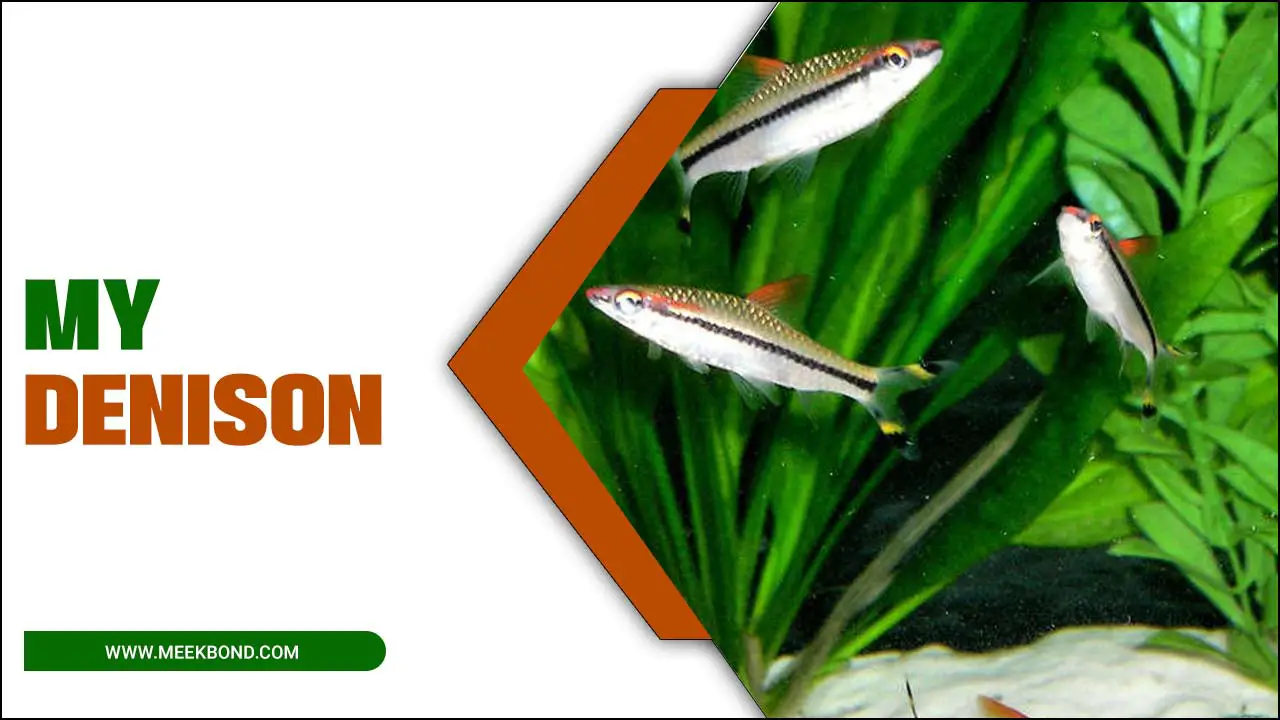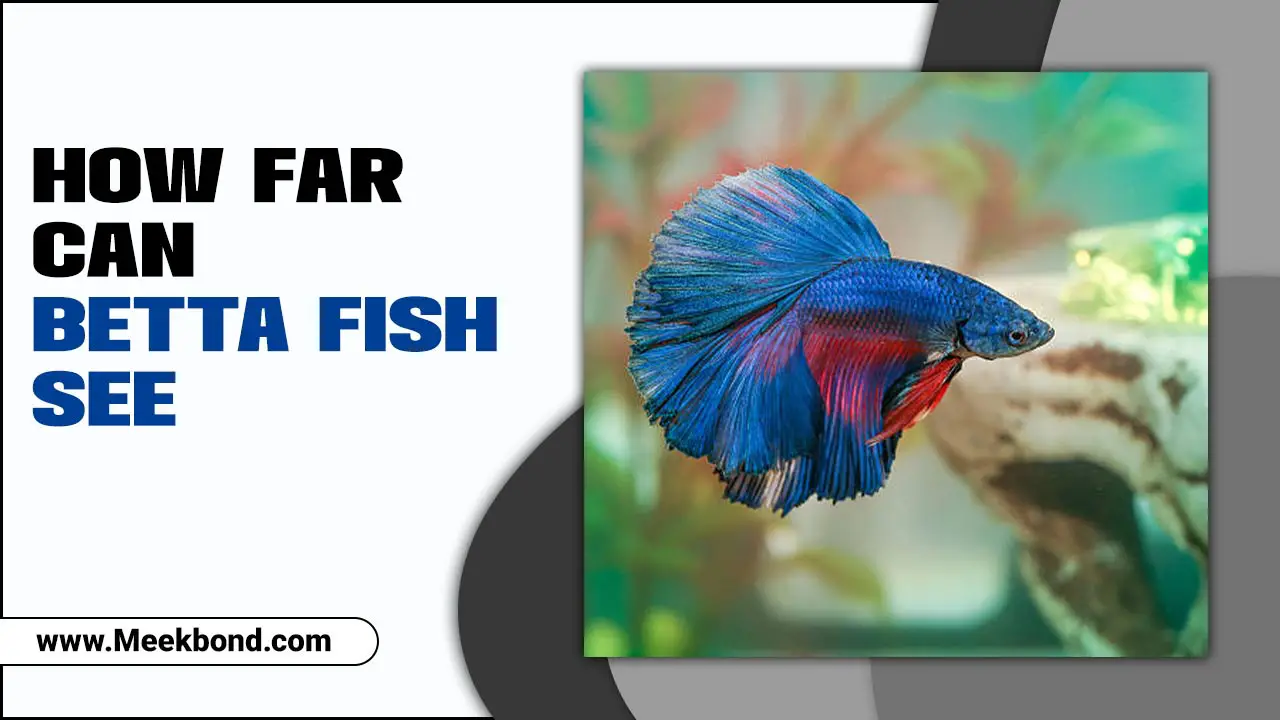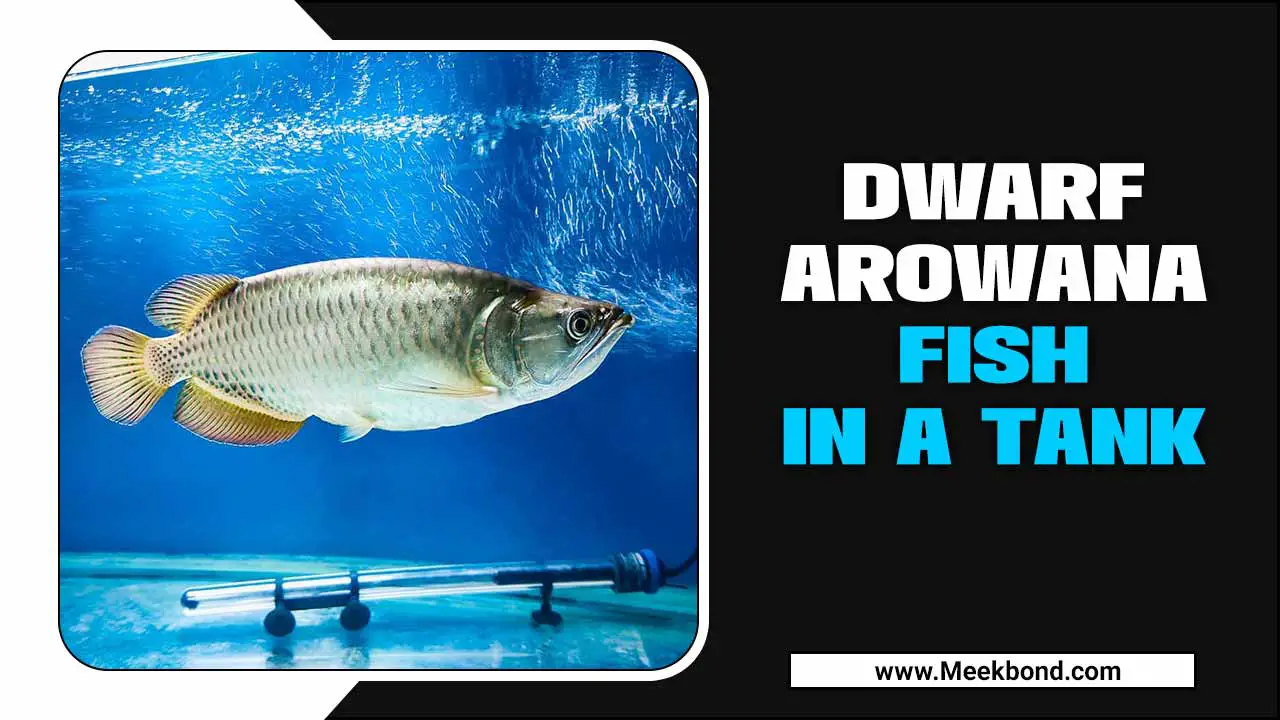The Betta Imbellis, also known as the Peaceful Betta or the Crescent Betta, is a freshwater fish species that has gained immense popularity among aquarium enthusiasts around the world.
Known for its vibrant colors, unique patterns, and docile temperament, the Betta-Imbellis is a great addition to any aquarium enthusiast’s collection. Here we will cover everything from identifying key physical characteristics of Betta-imbellis to providing tips on tank maintenance, breeding, and finding the right tank mates.
We will also delve into the differences between wild and captive-raised Betta-imbellis and where you can find them for sale. So let’s dive in and explore all there is to know about caring for this beautiful species of Betta fish.
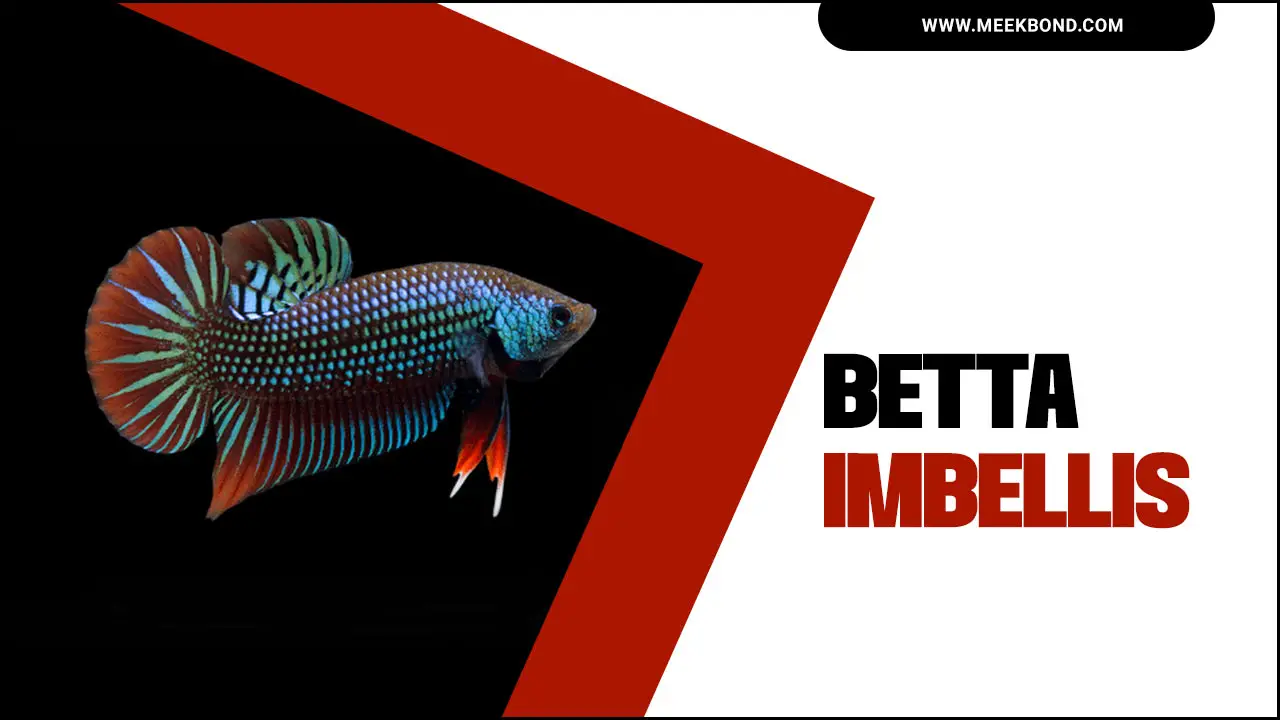
Key Facts About Betta-Imbellis
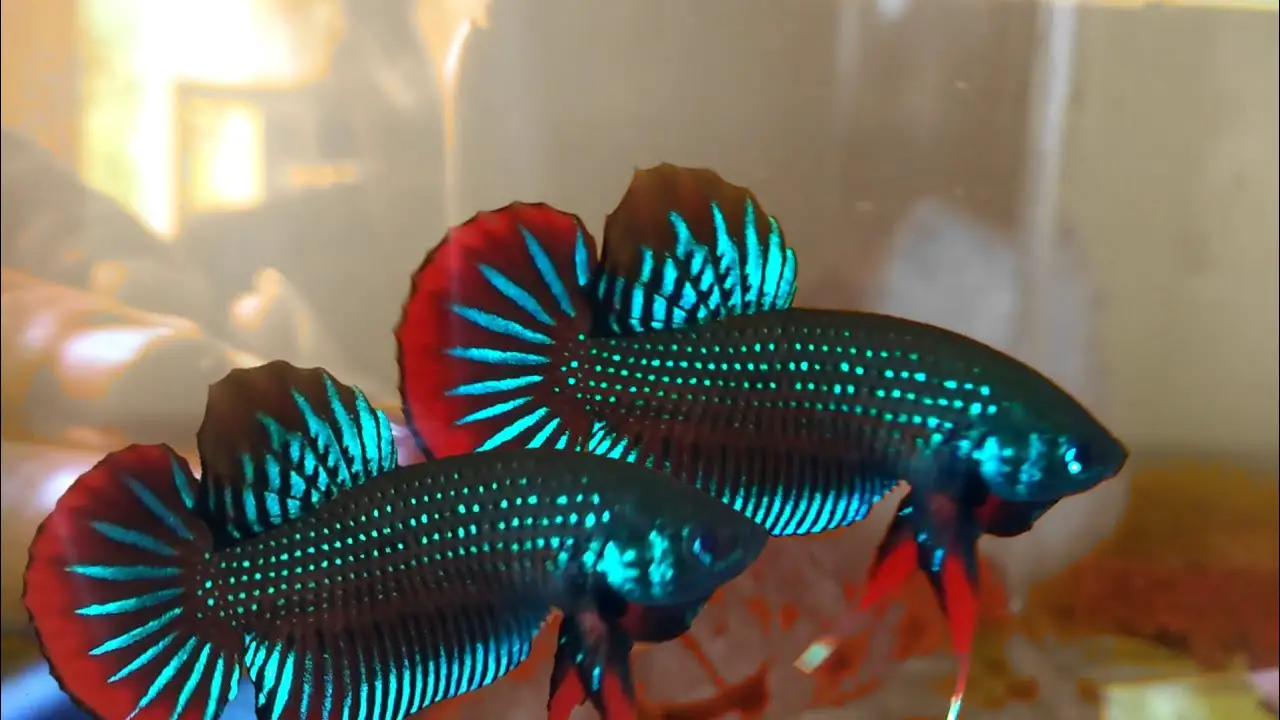
Betta-embellish, also known as the peaceful betta, is popular among enthusiasts. Native to Southeast Asia, including Thailand, Malaysia, and Indonesia, this unique fish exhibits distinct behaviors compared to other betta species.
Found in rice paddies, swamps, and sluggish waters, Betta-imbellis is considered the least concern on the IUCN Red List. As a bubble nest builder, they create intricate nests at the water surface. With its vibrant colors and peaceful nature, betta- imbellis is a fascinating addition to any aquarium.
Understanding The Appearance Of Betta-Imbellis
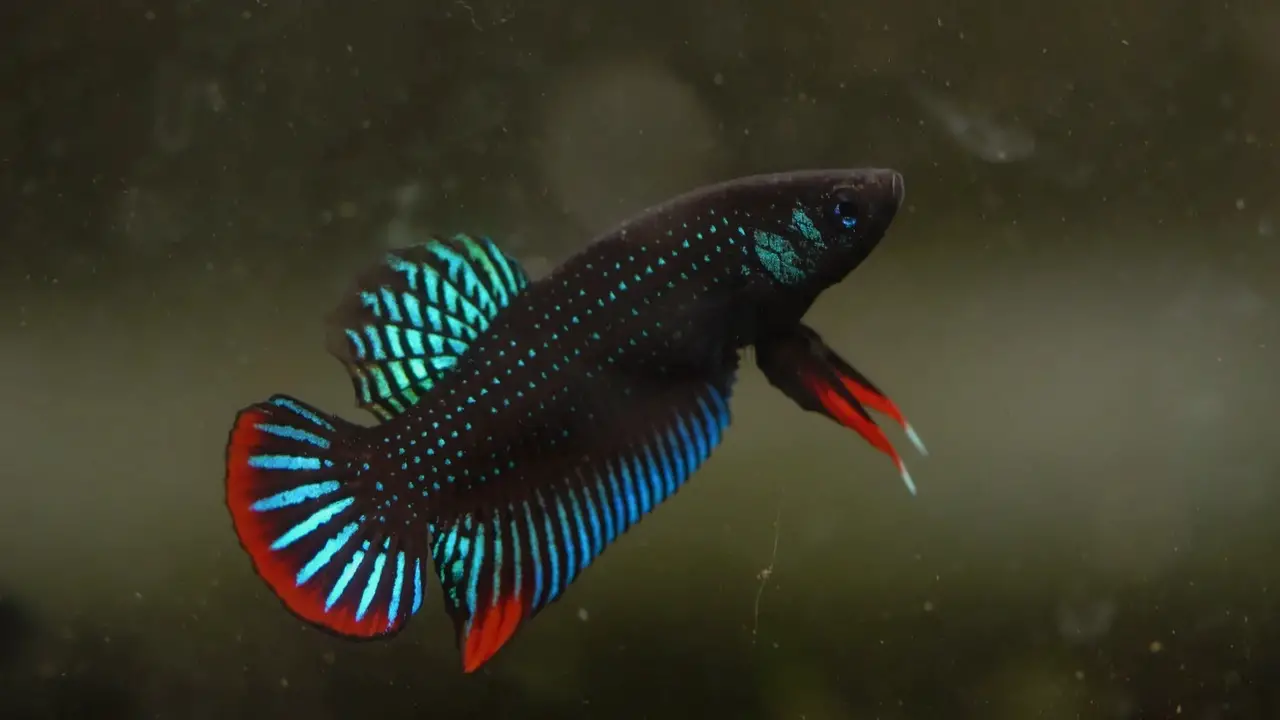
Betta-imbellis boasts distinct markings and characteristics, making it visually captivating. The tail fin of this species showcases a variety of shapes and colorations. With vibrant colors and intricate patterns, Betta-imbellish exhibits a stunning aesthetic. Camouflage is a vital adaptation seen in its appearance while observing and appreciating its unique beauty can be a delightful experience.
Identifying Markings And Distinct Characteristics
Betta-imbellis, also known as the peaceful betta, can be distinguished by its unique markings and coloration. Specific patterns or spots set this species apart from others. Recognizing the differences in fin shape and size aids in identification. Each betta-imbellis showcases its individual beauty, which is part of the joy of owning them. Appreciating their distinct characteristics enhances the experience of having these captivating fish.
Caring For Betta Imbellis- You Should Know
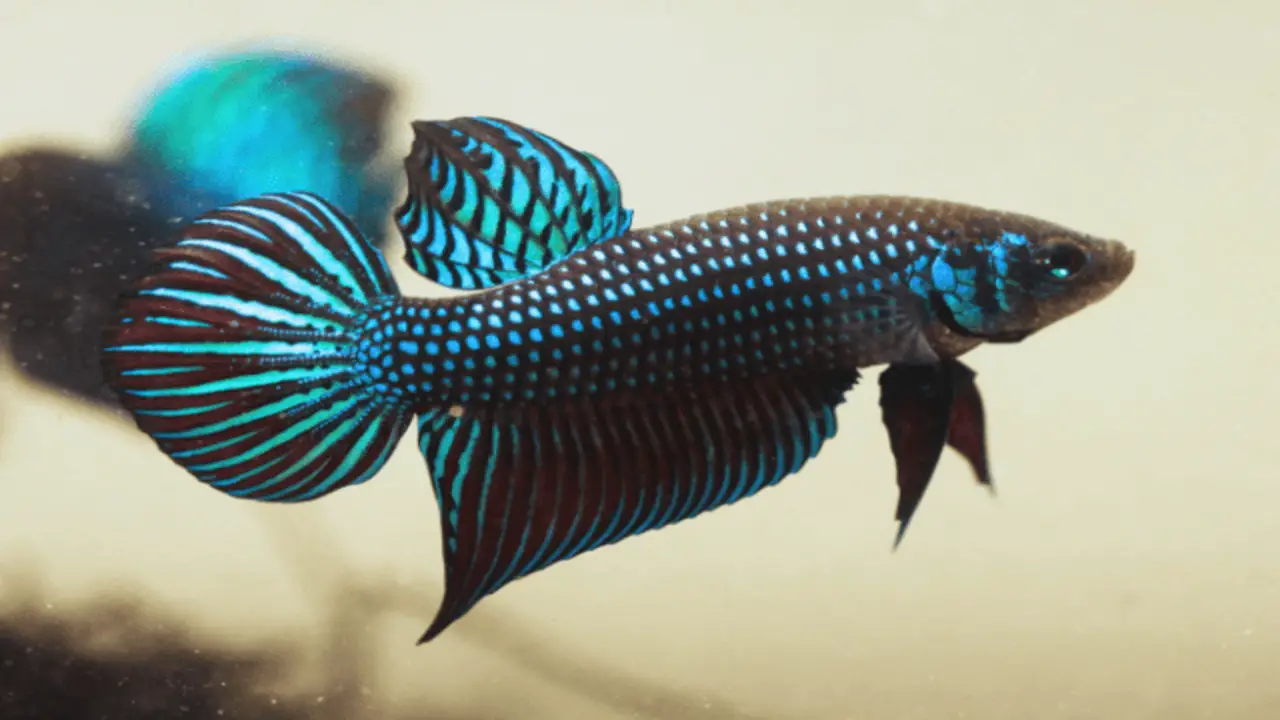
A balanced diet is crucial for the health and well-being of betta-imbellis. Maintaining suitable water conditions, such as pH and temperature, is essential. Betta imbellis thrives in tanks with moderate water movement and ample hiding places. Incorporating live foods like bloodworms and daphnia promotes optimal health. Regular monitoring and maintenance of the aquarium contribute to overall care.
Diet Requirements
To meet the diet requirements of Betta-imbellis, it is important to provide them with a varied diet consisting of pellets, flakes, and live foods. A balanced diet can be achieved by offering a mix of high-quality dry and frozen foods.
Live foods such as brine shrimp and daphnia should also be included to provide essential nutrients. Occasional treats like bloodworms can enhance their feeding experience and overall health and vitality. Betta-imbellis can thrive and display their peaceful nature by meeting their dietary needs.
Tank Maintenance And Water Parameters
Regularly maintaining the tank and ensuring proper water parameters is crucial for the well-being of Betta-imbellis. It is recommended to perform regular water changes to maintain the ideal pH level of 6.0-7.0 and a temperature range of 76-82°F. Additionally, keeping the tank properly cycled and cleaning the filter regularly creates a healthy environment for Betta-imbellis.
Decorations like live plants and hiding spots not only provide enrichment but also help improve water quality. Promptly addressing any signs of distress or illness is essential for the overall health of Betta-imbellis.
Health Risks And Lifespan
Betta-imbellis, also known as the peaceful Betta, is prone to common health issues like fin rot, velvet disease, and dropsy. To prevent these ailments, it’s crucial to maintain clean water and provide a proper diet.
In captivity, the average lifespan of Betta-imbellis is typically around 2-3 years. To promote longevity and overall health, create a suitable environment and schedule regular check-ups with a veterinarian. Investing in the well-being of your Betta-imbellis ensures a thriving and vibrant companion.
Setting Up The Perfect Tank Environment
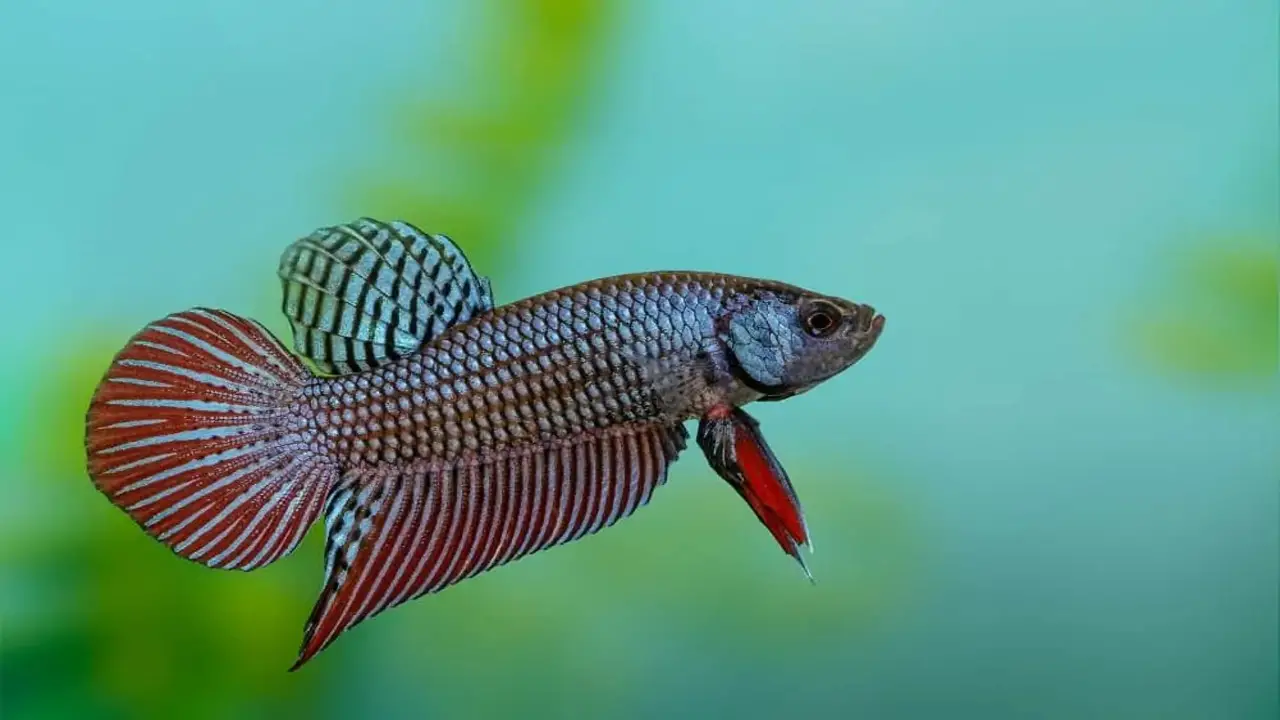
Setting up the perfect tank environment for Betta-imbellis is crucial for their health and well-being. These peaceful bettas thrive in a tank that is at least five gallons in size, providing ample space for swimming and plenty of hiding spots.
Maintaining water quality is essential, with a slightly acidic pH between 6.5 and 7.5 and a temperature range of 75-80°F. Dimly lit tanks with live or artificial plants, appropriate feeding, and regular maintenance will ensure a happy and healthy Betta-imbellis.
Ideal Tank Size For Betta-Imbellis
For Betta-imbellis, it is recommended to provide a tank with a minimum size of 5 gallons. However, a larger tank is even better as it offers improved water quality and more swimming space for the fish.
Equipping the tank with a filter and heater is important to maintain a stable environment. Adding decorations and hiding spots can provide enrichment for the fish, but be sure to avoid overcrowding the tank as Betta-imbellis is a solitary fish.
Recommended Plants And Decorations
When setting up a tank for Betta-imbellis, consider adding Anubias plants for natural hiding spots without requiring high light levels. Java moss can create a soft and natural environment.
Decorations like rocks, driftwood, or ceramic ornaments can create caves and tunnels. Avoid sharp or rough decorations that may harm the delicate fins. Be mindful not to overcrowd the tank, as this can cause stress and health issues for the fish.
Choosing The Right Substrate
When choosing the right substrate for your Betta-imbellis tank, mimicking their natural habitat is important. Avoid sharp or rough substrates that could harm your fish. Consider the color of the substrate to enhance the vibrant colors of your Betta-imbellis. Opt for a substrate that is easy to clean and maintain. Avoid chemical-based substrates that may harm your fish or alter the water chemistry.
Is Betta-Imbellis A Truly Peaceful Fish?
Betta-imbellis, also known as the peace-loving betta fish, are generally peaceful but may exhibit aggression towards other fish. So, it is essential to be cautious when considering them as tank mates with other species. Providing sufficient space and hiding places can help reduce their aggressive behavior.
Observing their behavior in the tank can also determine their compatibility with other fish species. In general, Betta-imbellis can be kept with other non-aggressive fish that have similar water requirements. However, monitoring their behavior closely and being prepared to separate them if necessary is important.
Who Are The Ideal Tank Mates For Betta-Imbellis?
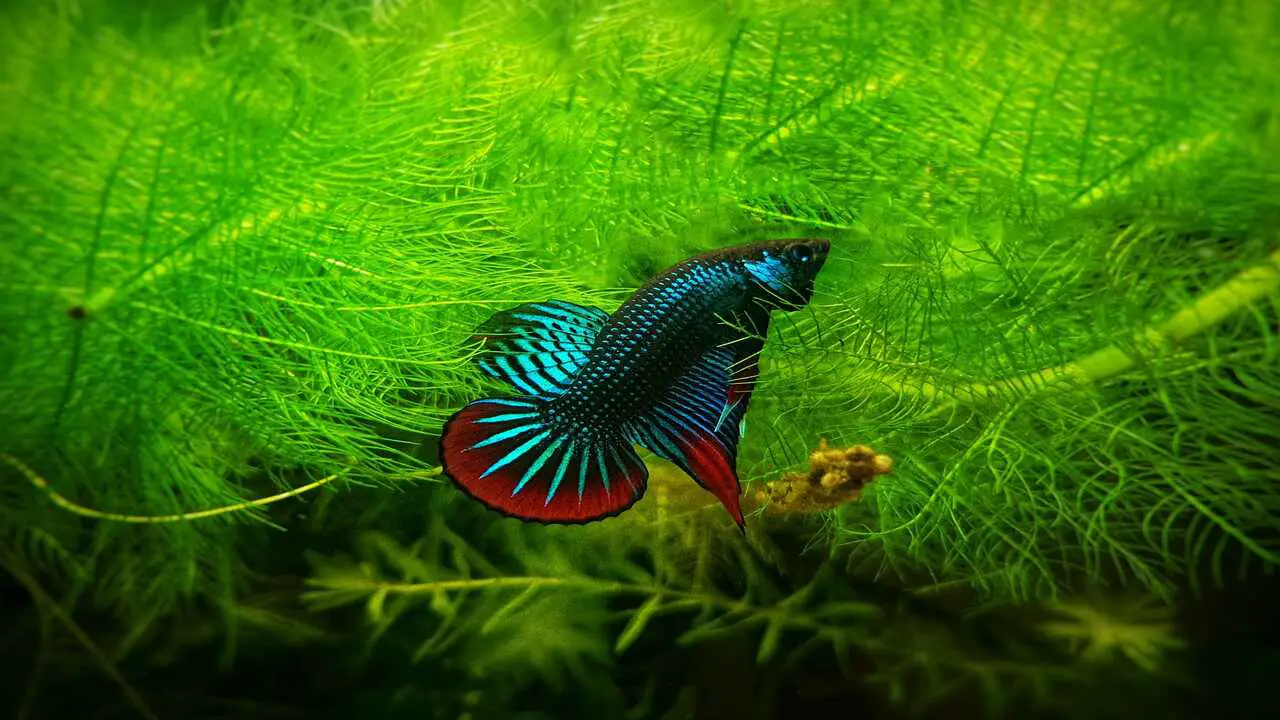
Betta-imbellis, also known as the peaceful Betta, is an ideal fish for community aquariums. However, when selecting tank mates for them, it’s essential to keep their temperament in mind. Non-aggressive species like tetras or corydoras are excellent choices as they can coexist peacefully with Betta-imbellis.
It’s best to avoid adding fish with bright colors or long fins as they may trigger territorial behavior in Betta-imbellis. Adding hiding places and plants can significantly reduce stress for all fish in the tank and create a harmonious environment.
Fish Species To Include
When selecting fish to keep with Betta-imbellis, consider their appearance and behavior. Betta- imbellis, also called the peaceful Betta, is a small fish from Thailand and Singapore. They have vibrant colors and elegant fins like the Betta splendens. These bubble nesters need at least 5 gallons of water with a temperature between 77 to 82 degrees Fahrenheit. They are carnivorous and primarily eat live or frozen foods like brine shrimp.
Tank mates should be non-aggressive species like neon tetras and corydoras while avoiding bright-colored or long-finned fish. Providing hiding places and plants in the tank reduces stress. Breeding can be challenging as they may hybridize with other betta species, so breed them separately. The male builds a bubble nest for the eggs, and the fry can be fed baby brine shrimp for growth.
Species To Avoid
When keeping Betta-imbellis, it’s important to choose tankmates wisely. Avoid aggressive or fin-nipping fish that may harm the betta. Ensure the tank is of sufficient size and equipped with proper filtration and heating.
Bettas are sensitive to water quality, so consult a veterinarian before adding any chemicals or medications. Never keep bettas in unfiltered or uncycled tanks. By following these guidelines, you can create a peaceful and thriving environment for your Betta-imbellis.
Guiding Through The Breeding Process Of Betta- Imbellis
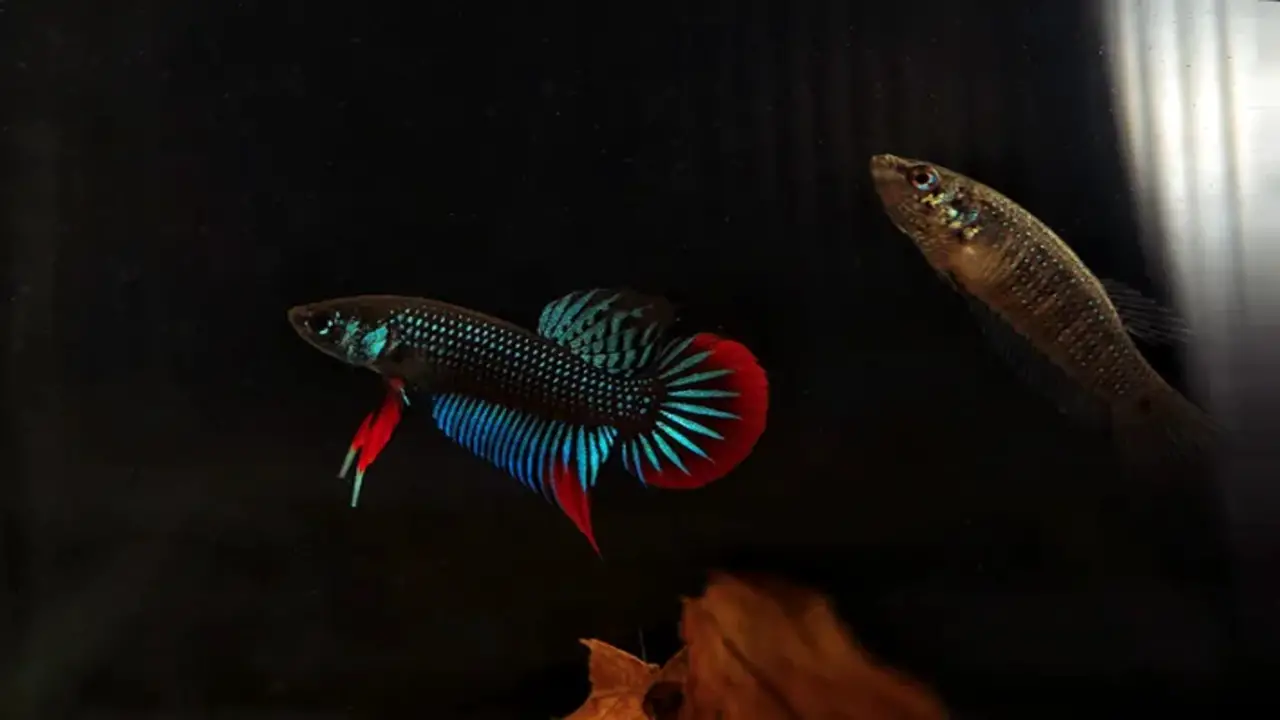
Breeding betta-imbellis involves careful observation of their mating behaviors and understanding the importance of paternal care. Proper feeding of the fry is crucial for their growth and development. By creating the right environment, you can help ensure successful reproduction.
Breeding betta-imbellis requires knowledge of their natural habitat in southern Thailand and Singapore. The water surface should have minimal movement to facilitate bubble nest building. Providing live or frozen foods like artemia is essential for the fry’s nutrition. With these considerations, you can navigate the breeding process of betta-imbellis successfully.
Mating Behaviors
Betta-imbellis is a unique species that displays captivating mating behaviors to attract a mate. Male bettas, as part of their courtship rituals, construct bubble nests. In response, the females exhibit their vibrant colors to attract their male counterparts. It’s worth noting that environmental factors can influence these mating behaviors.
For instance, water temperature and quality play crucial roles in the breeding process. Additionally, understanding these behaviors is essential for successful breeding endeavors. Breeding betta- imbellis requires careful attention to environmental conditions and a comprehensive understanding of their mating habits. By taking these factors into consideration, breeders can increase the chances of successful reproduction and produce healthy offspring.
Paternal Care And Feeding The Fry
Male betta-imbellis exhibit remarkable paternal care by guarding the nest and protecting the hatching fry. Their dedication ensures the safety of the fry, shielding them from potential threats. Feeding the fry suitable food, like baby brine shrimp, is crucial for their growth. Proper paternal care and feeding contribute to the survival and health of the betta-imbellis fry. Witnessing this behavior is incredibly rewarding for betta-imbellis breeders.
Where Can You Find Betta-Imbellis For Sale?
Betta-imbellis can be purchased from reputable aquarium stores or online fish marketplaces. You can also find specialized breeders focusing on breeding and selling betta-imbellis. It is important to research reliable sources to ensure the quality and health of the fish. Local fish clubs or forums may also provide information on betta-imbellis availability. Proper transportation and acclimation are crucial when purchasing these fish.
How Do Wild And Captive-Raised Betta-Imbellis Differ?
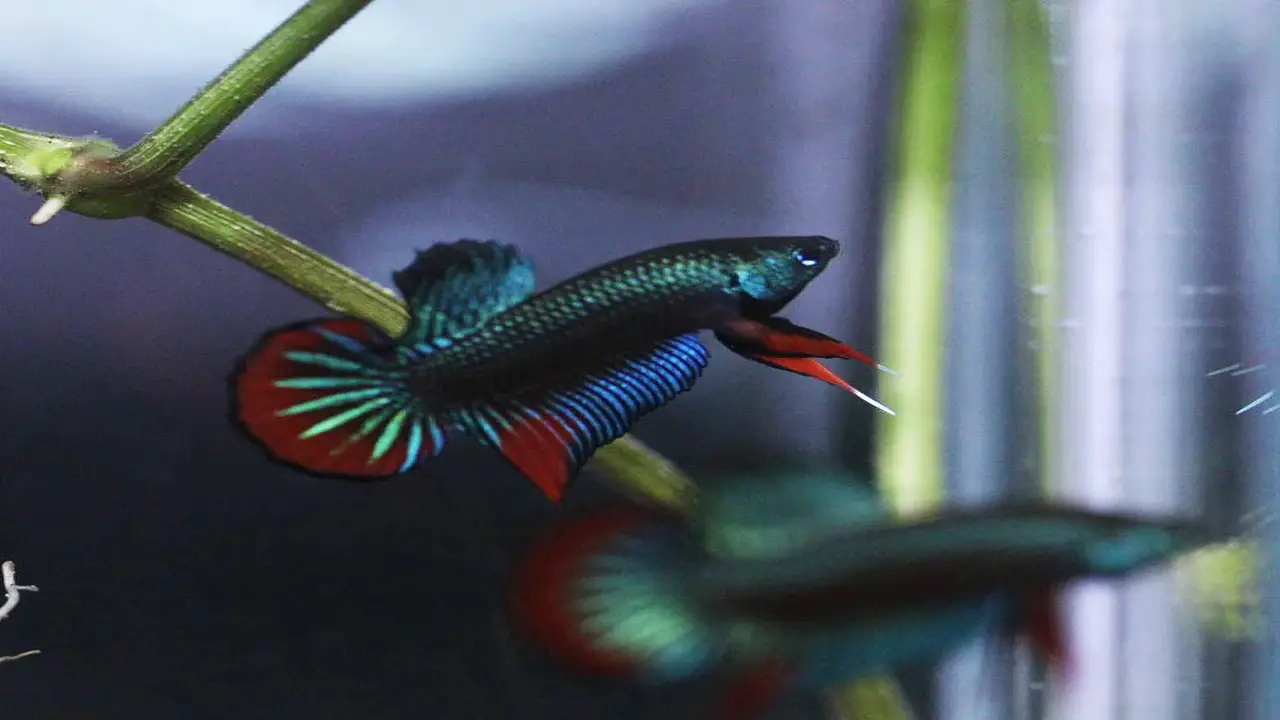
Wild betta-imbellis exhibit unique characteristics and behaviors specific to their natural habitat, while captive-raised betta-imbellis may display different traits due to selective breeding. These differences can be observed in appearance, behavior, and adaptability, helping enthusiasts choose the right betta-imbellis for their preferences.
Conclusion
Betta imbellis is a beautiful and peaceful fish that can be a great addition to your aquarium. Understanding their appearance and caring for them properly is crucial to ensure their well-being. Creating the perfect tank environment with the right size, plants, decorations, and substrate will make them feel at home.
It’s important to choose the right tank mates for them to ensure a harmonious community. If you’re interested in breeding Betta-imbellis, understanding their mating behaviors and providing proper care for the fry is essential. If you’re looking to add Betta- imbellis to your collection, find reputable sources that offer wild and captive-raised specimens.
Frequently Asked Questions
Are Betta-Imbellis Aggressive?
Betta-imbellis, also known as the peaceful Betta, are generally calm compared to other Betta species. However, males can still be aggressive towards each other and should be housed separately. To reduce aggression, keeping them with peaceful tank mates and providing ample hiding places in the aquarium is best.
How Do I Know If My Betta Is Imbellis?
To determine if your Betta is an Imbellis, look for a unique striped pattern on their body and distinctive fins. Imbellis Bettas typically have horizontal stripes and are smaller and more peaceful than other Betta species. If in doubt, consult a reputable fish store or breeder for confirmation.
Can Betta-Imbellis Live Together?
Betta-imbellis can coexist in a larger tank with hiding places. Their behavior should be monitored, and aggressive individuals should be separated. Males and females may peacefully coexist, but separation is advised during breeding. Consult an aquarium expert before housing betta-imbellis together.
Is Betta-Imbellis A Peaceful Betta?
Betta-imbellis, also known as the peaceful Betta, can coexist with other fish in a community tank. Unlike other Betta species, they are generally peaceful. However, it’s important to provide enough space and hiding spots for all tank inhabitants. Male Betta-imbellis can still display aggression towards each other.
Where Are The Betta-Imbellis Native To?
Betta-imbellis are native to Southeast Asia, specifically found in Thailand, Cambodia, and Vietnam. These peaceful bettas inhabit slow-moving or still bodies of water like rice paddies, marshes, and swamps. In their natural habitat, they thrive in warm water with temperatures ranging from 75-82°F and feed on small insects and larvae.

Aquarium passion is all about connecting with the aquatic life and providing education to the public on the importance of these creatures. We showcase a wide variety of marine life through our exhibits as well as working with schools to provide unique learning opportunities for students of all ages.

